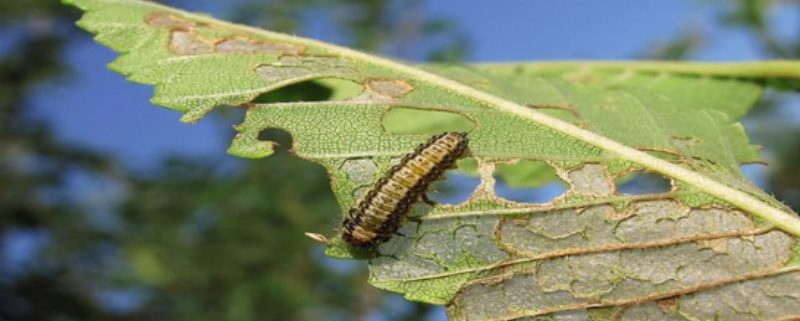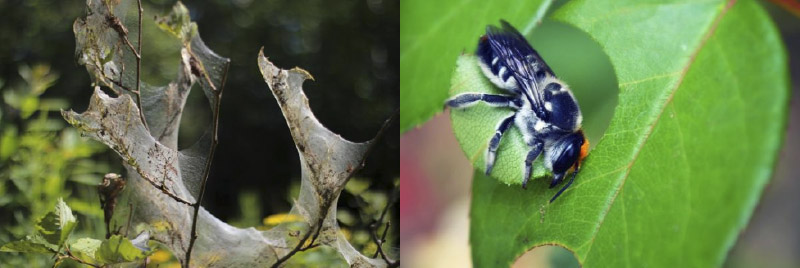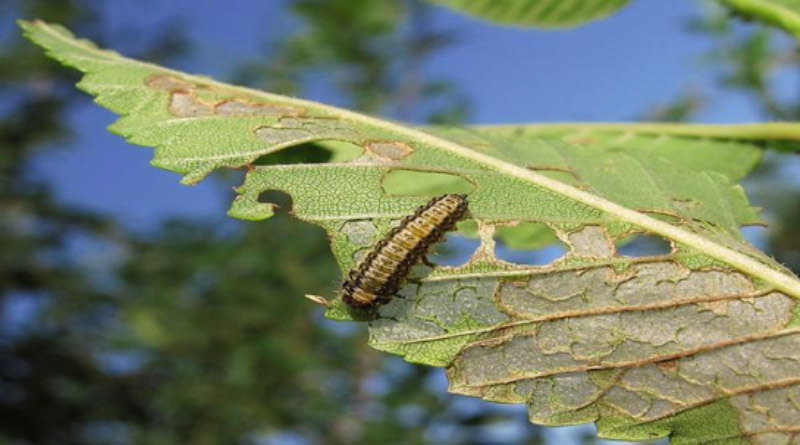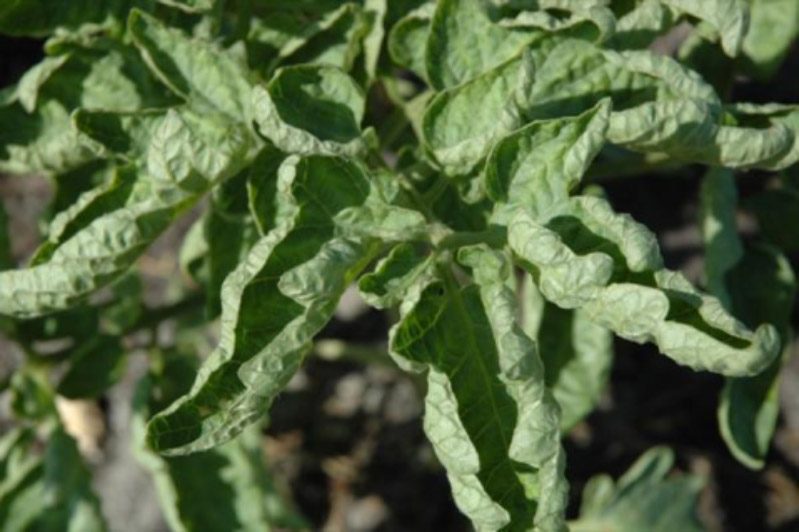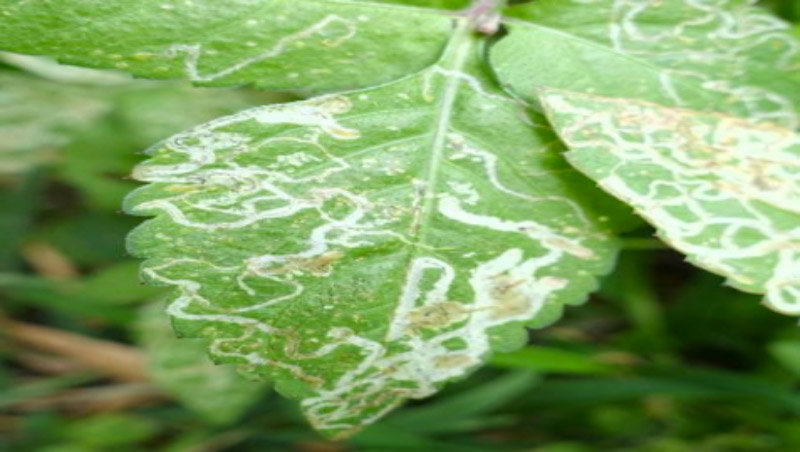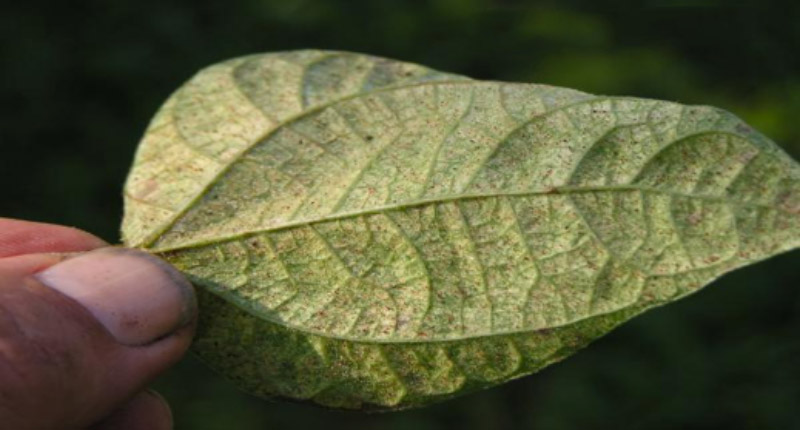Pest Damage in the Garden
Cary, NC – Summer is here with hot days and a great deal of humidity since it has rained so much in North Carolina. Great conditions for lots of pests in the garden, some good and some bad.
Insects and What They Can Do
In a typical backyard, there are about 1000 different species of insects but only 3 percent are actually harmful to your plants. Most of this damage occurs in two ways: chewing and/or sucking on the plant. If you can identify what is hurting your plant, you can usually take care of the problem.
I have some great pictures of common issues you probably are seeing now and some suggestions on what to do. Always know that you can contact the Extension Master Gardener Help Line, 919 250-1084, and they will help identify the problem and give you a solution.
To start, look for typical damage signs such as frass (insect larvae excrement), feeding traces, castings, dead bodies and nests. This is not as easy as it sounds but once you see a problem a few times, you will be an expert!
Chewing Damage
- Entire leaf consumed (possible exception of the midvein), caterpillars such as cankerworms, distinct sections of leaves missing
- Leaf skeletonized: slugs, beetles, pear slug (pear sawfly larvae)
- Leaf rolled into tube or tied together with silken threads: leafrollers and leaftiers (caterpillars from moths)
- Tunnels between the upper and lower leaf surfaces.
- Leaf falls in early summer. Slicing leaf lengthwise reveals insect larva: leaf stalk borers, larva of small moth or sawfly, maple petiole borer
- General decline of the entire plant or a specific branch. Holes in the bark: borers, bark beetles, pitch moths
- General decline of plant, chewed areas of roots: root feeders—larval stages of weevils, beetles, and moths, including sod webworm, Japanese beetle
Sucking Damage
- Spotting or stippling on leaf: aphids, leafhoppers, lygus bugs, thrips
- Stipple pattern on leaf: leafhoppers, mites
- General/uniform stippling, flecking, bronzing or an off color: lace bugs on azalea, some thrips
- Leaf curling or puckering: severe aphid infestations, thrips
- Leaf & stem distortion associated with off-color foliage: aphids
- General decline of entire plant or section of a plant: scales, mealy bugs. Look for honeydew, (sticky liquid excreted by the pest)
- Damaged or split twigs: egg laying, treehoppers & cicadas
Pest Management
The most important step is to keep an eye on your plants weekly so you can catch the problem early. Healthy plants have the best outcome.
Avoid planting the same plant in the same area each year; rotate plants! This is especially true of vegetable plants in which many pests hibernate or lay eggs that will just be back next year.
- Pick some insects off your plants. I have always done this with Japanese beetles. I knock them into a pail of water. It’s a great way to save the plant and keep them from laying eggs for next year
- Keep control of your weeds, which harbor insects such as spider mites
- Barriers such as crushed eggshells around a plant will discourage slugs
- Biological control such as Bt, (Bacillus thuringiensis). This is a safe bacterium that will kill caterpillars. This has shown to be effective on over 400 species!
- Lastly, if you do decide to use an insecticide there are many natural ones you can use such as Citrus oils, Neem or Pyrethrin. Horticultural Oils will work well but mainly as a preventative. Man-made options should be used sparingly so you avoid harming beneficial insects.
For more information and details, you can consult the Extension Gardener Handbook.
Story by Melody Hughes. Photos courtesy of, in order, the U.S. Fish and Wilidlife Service-Midwest Region, Jack Skipworth, Jacinta Llunch Valero, Katie Mims and Scot Nelson.

